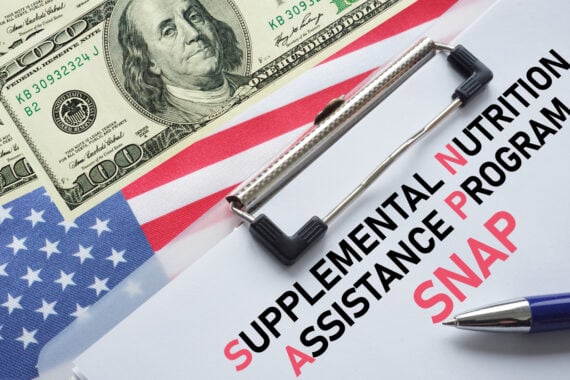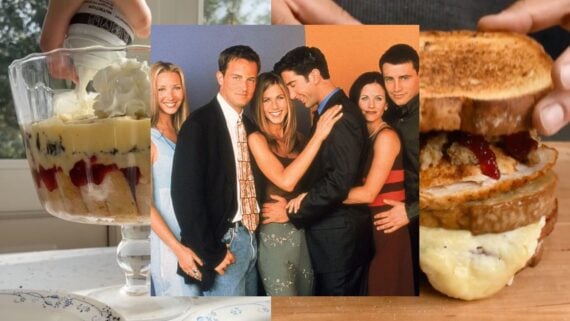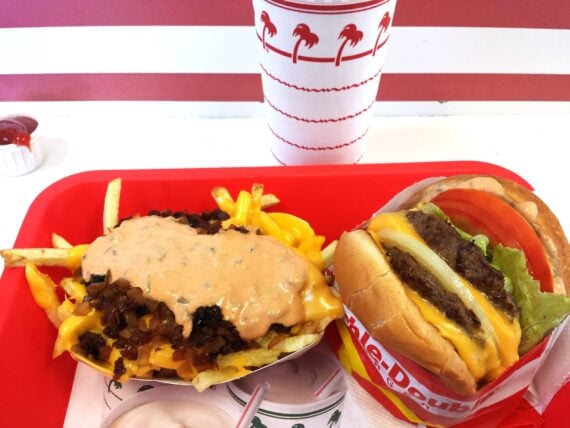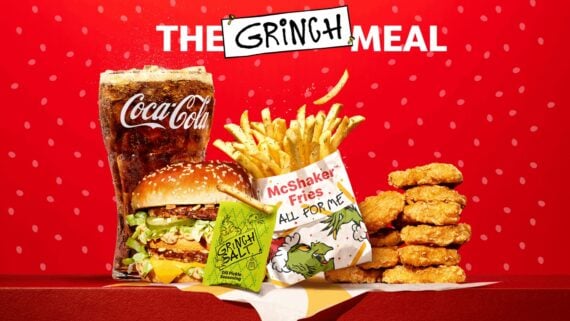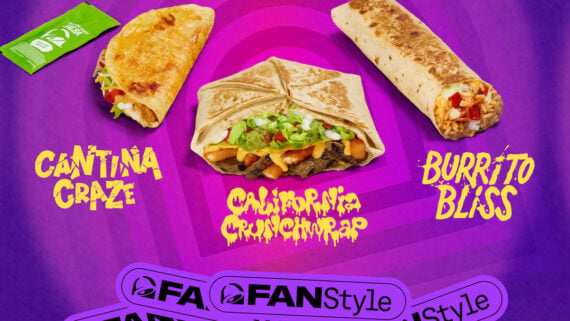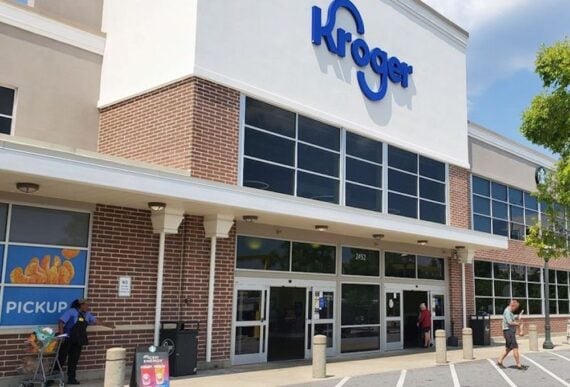The days when food stamps were distributed as physical vouchers are long gone. Nowadays, benefits from the Agriculture Department’s Supplemental Nutrition Assistance Program are loaded onto electronic benefits transfer cards that work like debit cards. For 2025, these Electronic Benefits Transfer (EBT) cards hold a maximum monthly benefit of $292 for one person and $975 for a family of four in most states. And that money is not just for buying groceries. Here are some surprising things you can buy with EBT in 2025 — as well as some things that SNAP benefits don’t cover.
1. Groceries for Delivery or Pickup: Yes
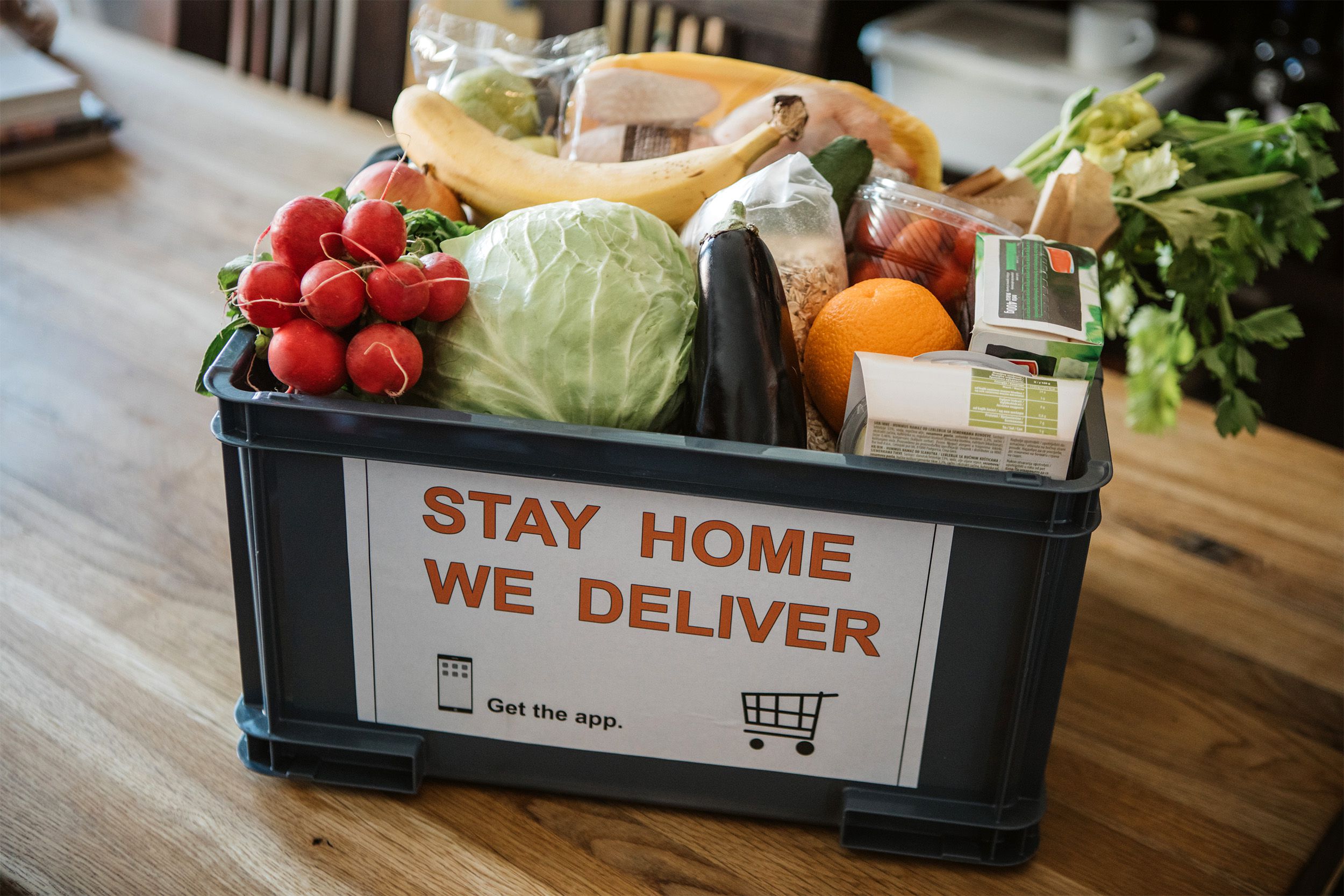
EBT cards not only can be swiped at grocery stores and other designated retailers; you can also use SNAP benefits to buy groceries online for delivery and/or pickup from many stores, thanks to an online purchasing pilot program.
Some stores work with popular grocery service Instacart to fulfill orders. Amazon also offers grocery delivery with EBT in every state except Alaska.
2. Nonfood Grocery Items: No
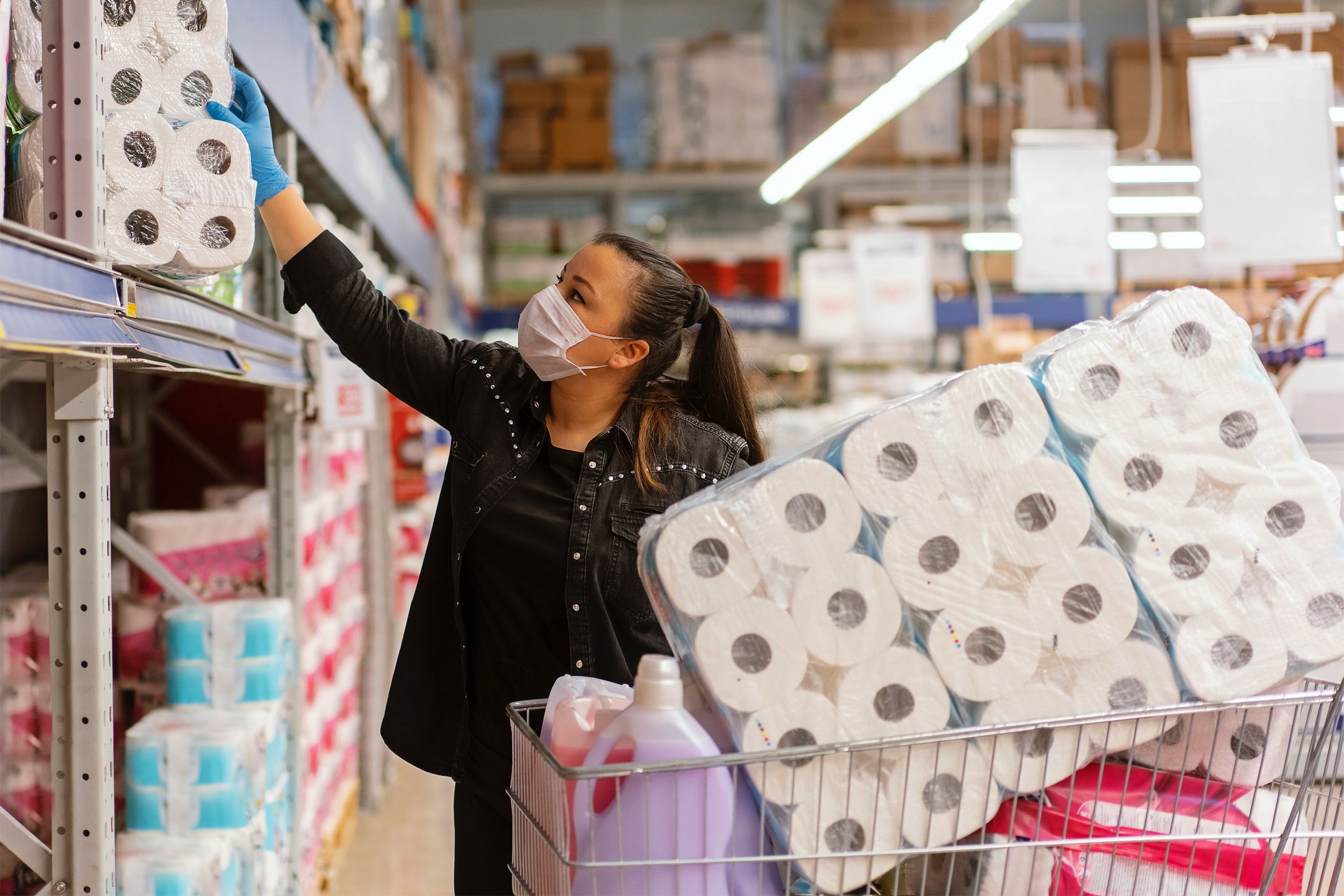
Government guidelines are strict: SNAP is intended to provide food, which means you can buy fruits and vegetables, meats, fish, poultry, dairy products, breads and cereals, baby food and formula, and nonalcoholic beverages with an EBT card. But nonfood items such as cleaning supplies, paper products, and other household items are prohibited.
3. Diapers and Personal-Care Products: No
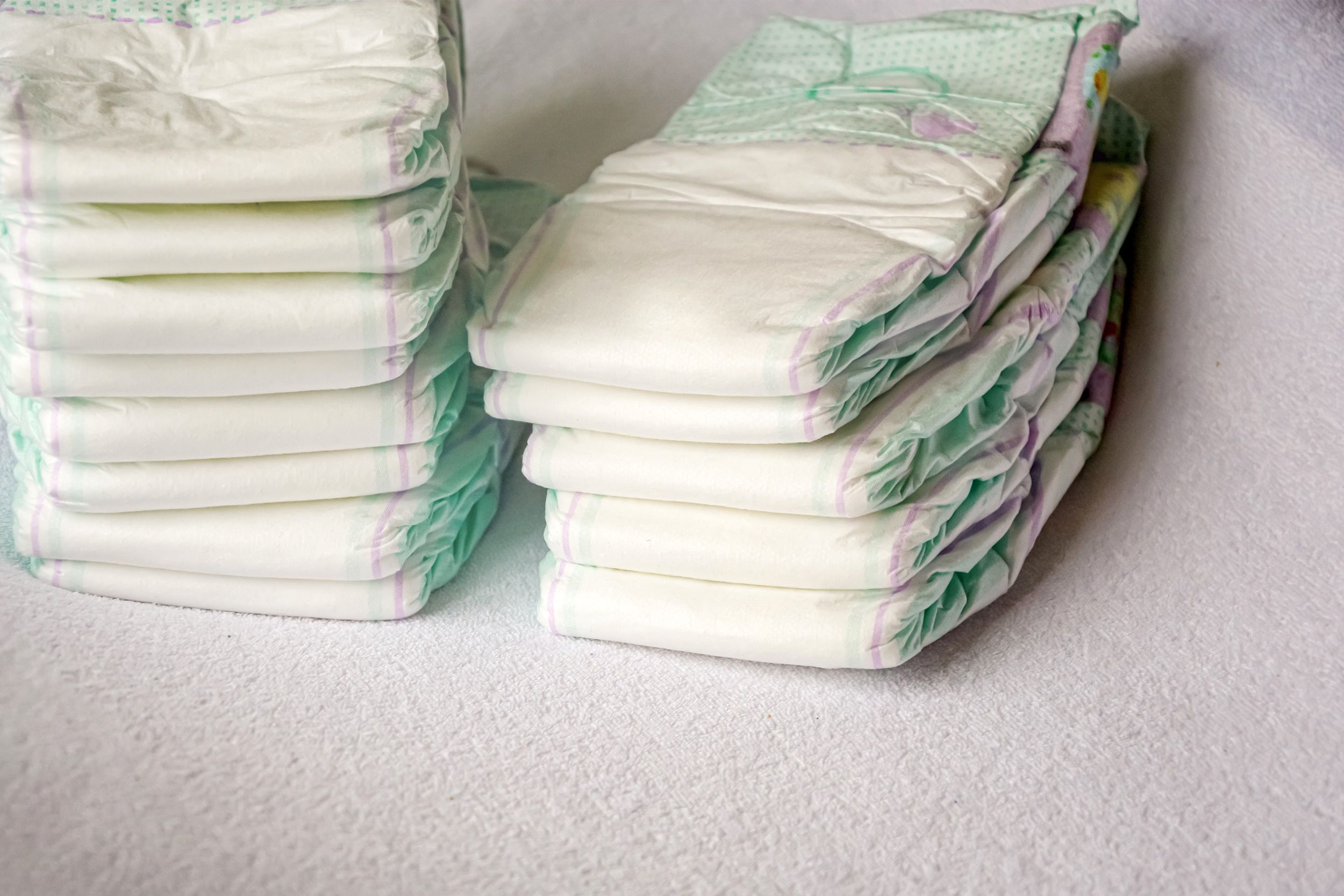
Hygiene products such as soap, deodorant, shampoo, toothpaste, and cosmetics can’t be purchased with SNAP. Baby wipes and diapers aren’t eligible either, nor are they covered under the Women, Infants, and Children program, better known as WIC.
Though advocates have long tried to implement federal programs to address diaper needs, only families living below the federal poverty level currently receive money that can be used to buy baby diapers. (The National Diaper Bank Network works with manufacturers and community organizations to provide free diapers to parents in need.)
4. Pharmacy Items: No

Vitamins, supplements, and medicines (over-the-counter and prescription) also cannot be purchased with SNAP benefits. Medicare and Medicaid may cover some of these costs.
5. Some Energy Drinks: Yes
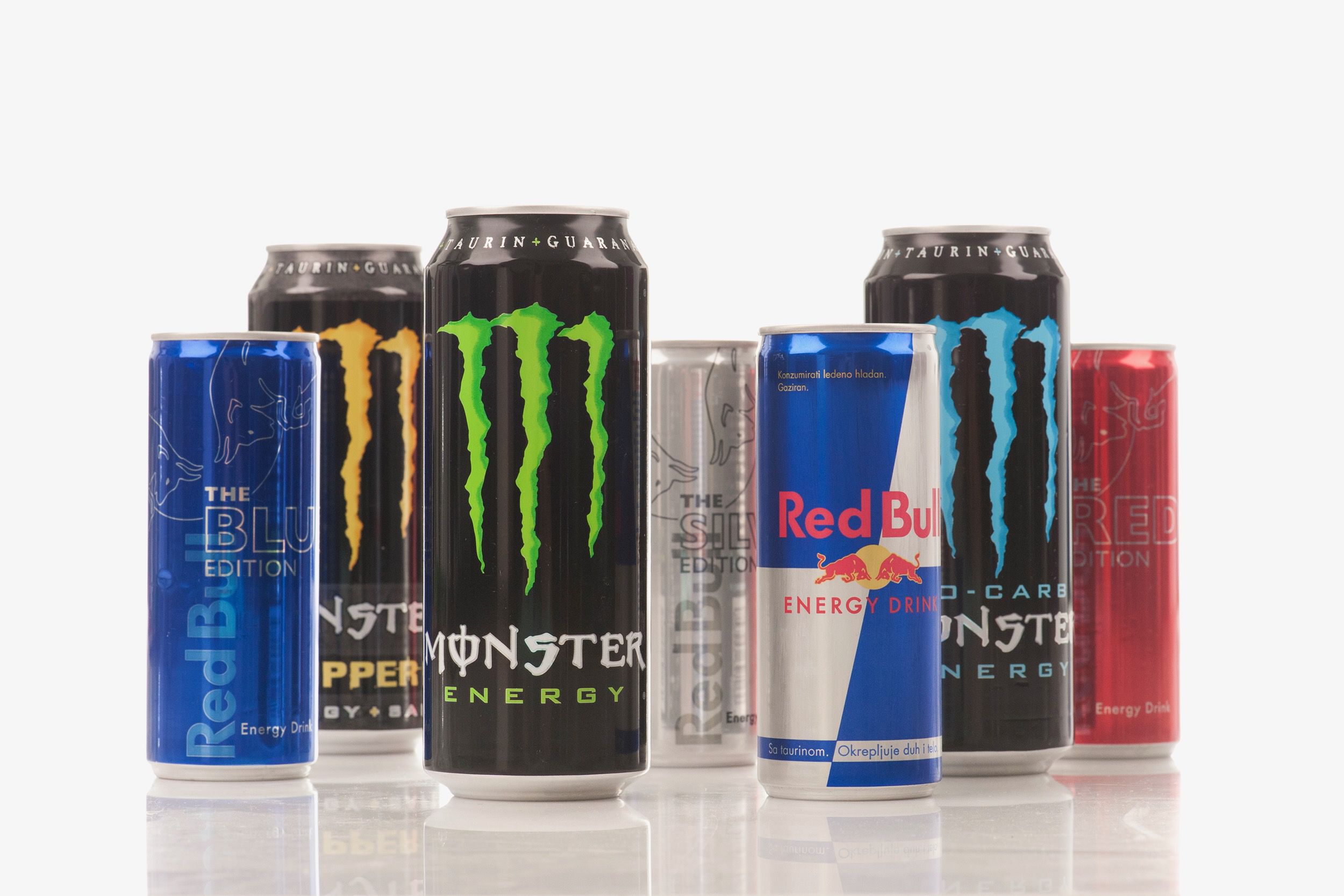
If Red Bull gives you wings, the Food and Nutrition Service is not going to ground you. Energy drinks that include nutrition facts labels are one of the many surprising things you can buy with food stamps. But if your energy-boosting beverage of choice carries a supplement facts label, it falls under the same category as vitamins and medicines and doesn’t make the cut.
Trending on Cheapism
6. Beer, Wine, and Liquor: No
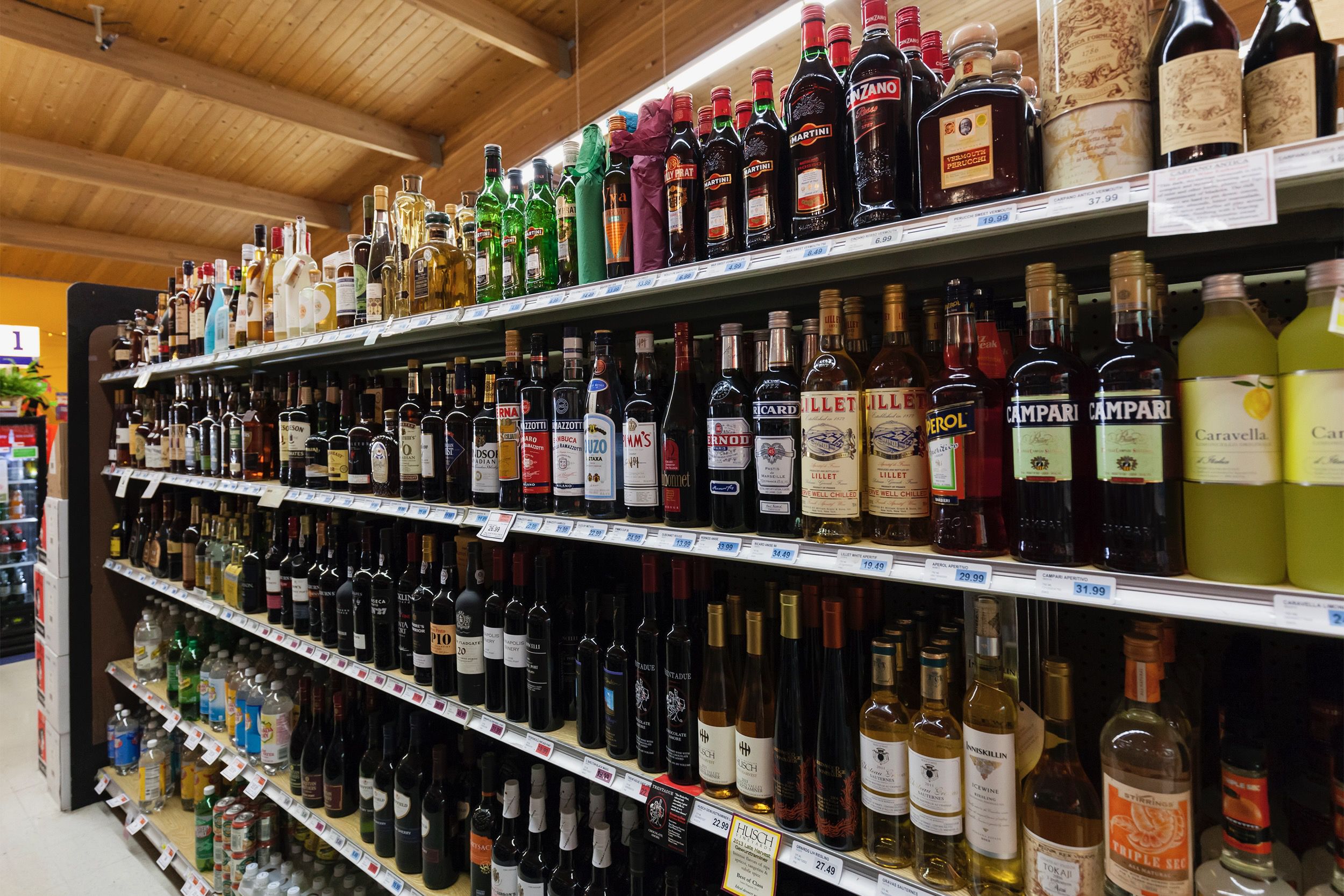
Be prepared to become a teetotaler or pay out of pocket for any drinks containing alcohol. Beer and wine from the grocery store are forbidden, as is hard liquor. Also, EBT cards cannot be used to purchase food at liquor stores, wineries, or other shops that sell alcoholic beverages.
7. Cigarettes and Tobacco Products: No
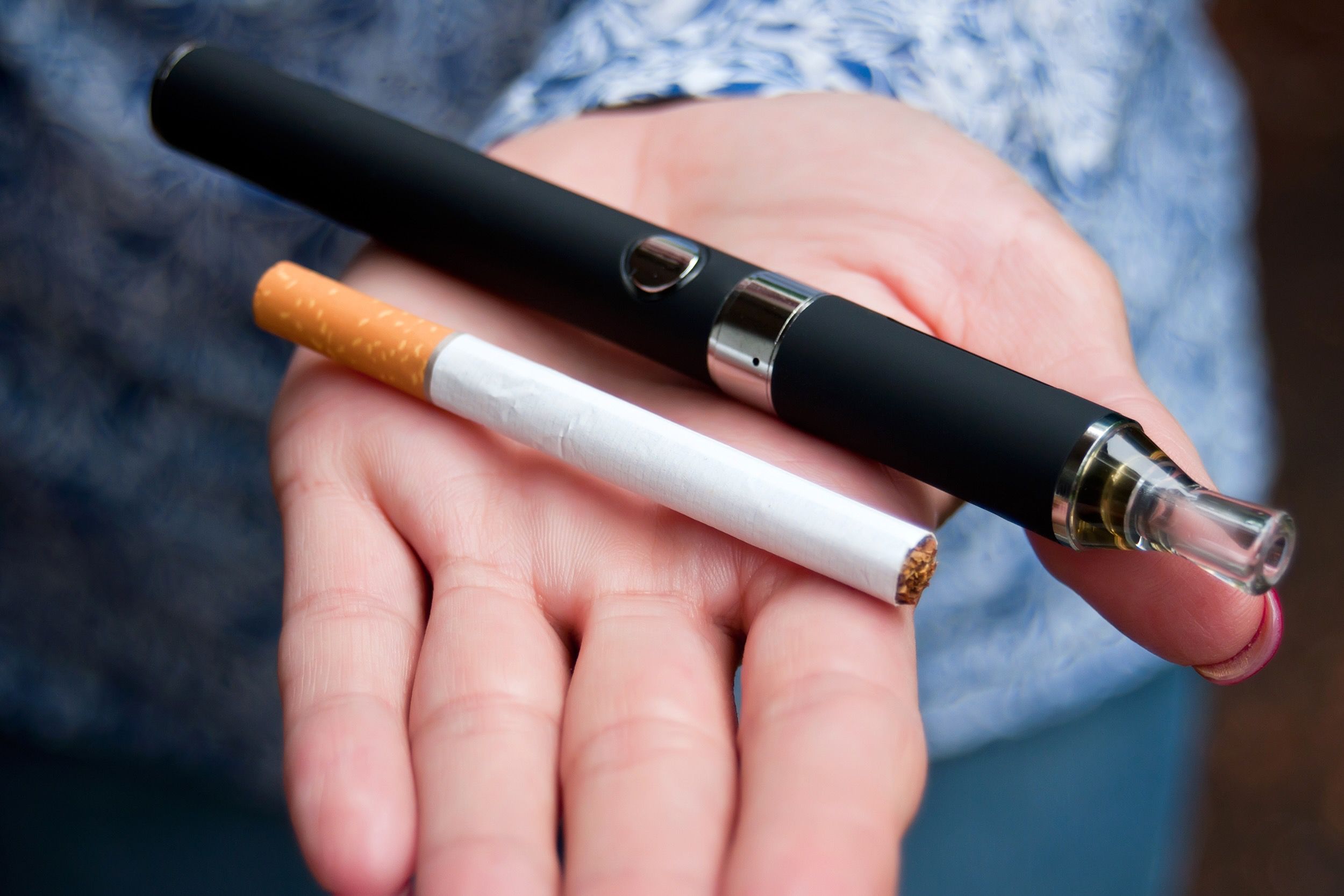
Smoking is another vice that isn’t supported. Cigarettes, cigars, chewing tobacco, and other tobacco products can’t be purchased with EBT. Though e-cigarettes don’t contain tobacco, they are still grouped with tobacco products, as are e-cig refills.
Penalties for purchasing tobacco products or alcoholic beverages with EBT can be stiff, and in some states beneficiaries caught breaking the rules can be immediately disqualified.
8. Junk Food: Yes
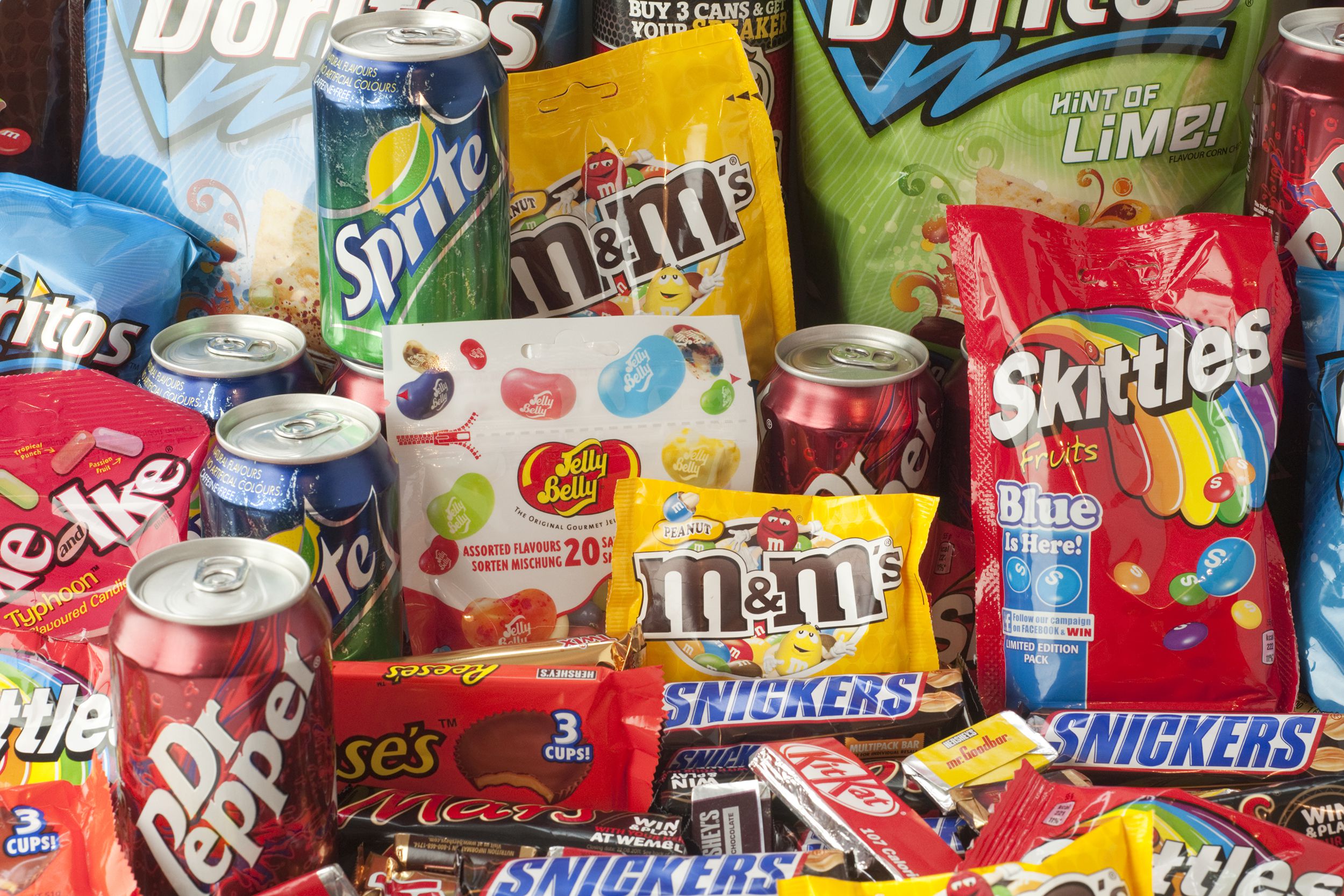
There have been many calls to restrict the types of food that can be purchased with food assistance, particularly in light of growing concerns over obesity and diabetes among Americans. Still, though junk foods like chips, candy, snack crackers, ice cream, and soft drinks may not be particularly nutritious or healthy fare, they’re fair game for purchase with SNAP benefits.
Sign up for our newsletter
9. Hot Prepared Food: No
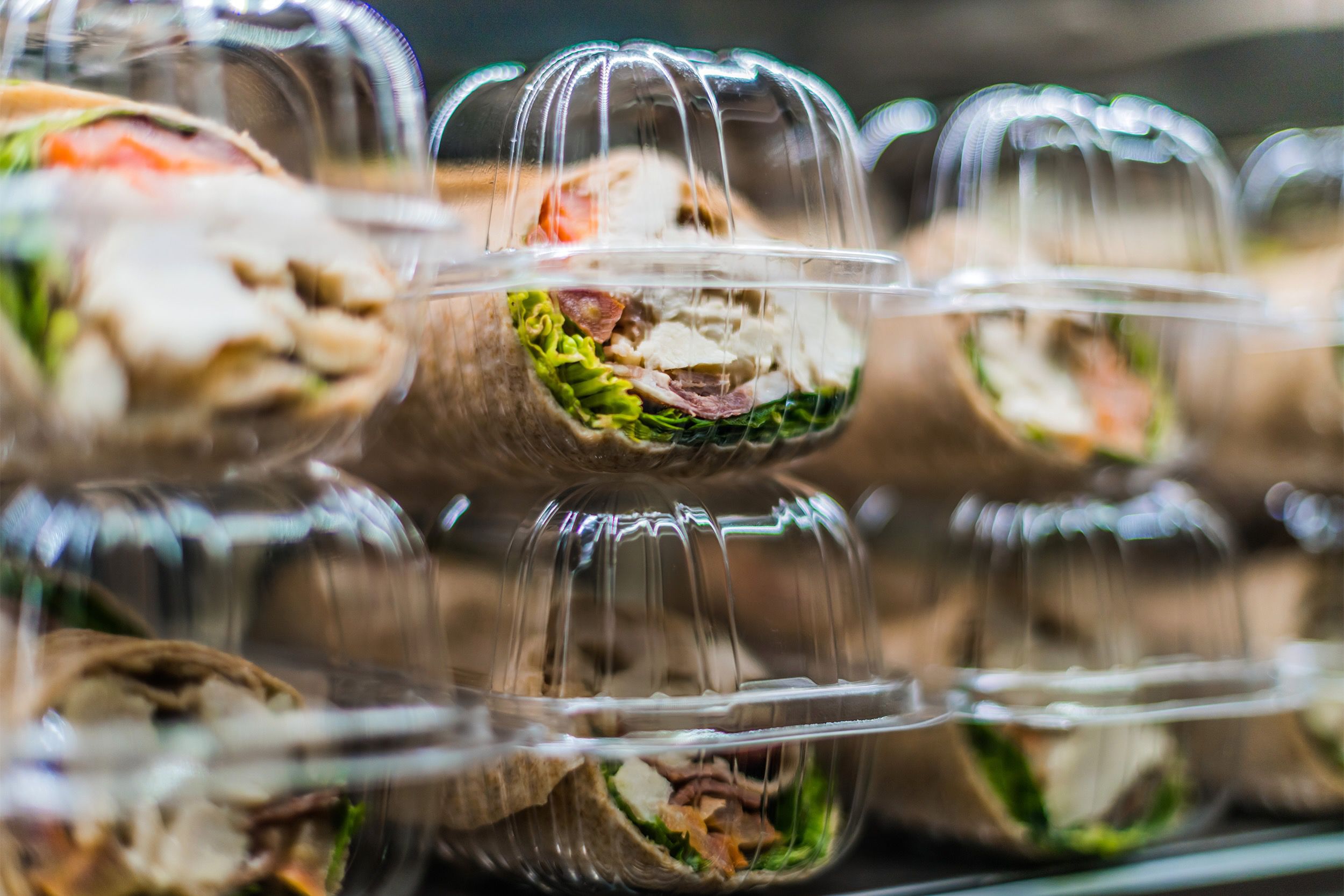
Convenience often comes at an extra cost, and the USDA Food and Nutrition Service doesn’t want to foot that bill. Hot foods and prepared items intended for immediate consumption or for on-premises consumption cannot be purchased with an EBT card. So, rotisserie chicken is a no-go, as is seafood that has been steamed or fried, and stews, soups, and chili. But cold deli foods, including sliced lunchmeat, packaged sandwiches, salads, and sushi rolls, should be fine (although some beneficiaries report that sushi’s SNAP eligibility is a sticking point at some stores).
Purchases at gas stations and convenience stores are permitted, but you can’t buy food at your favorite coffee shop with EBT. There is some flexibility to purchase Starbucks items — particularly canned beverages or packaged foods — at kiosks within grocery stores or Target locations.
10. Maybe: Restaurant Food
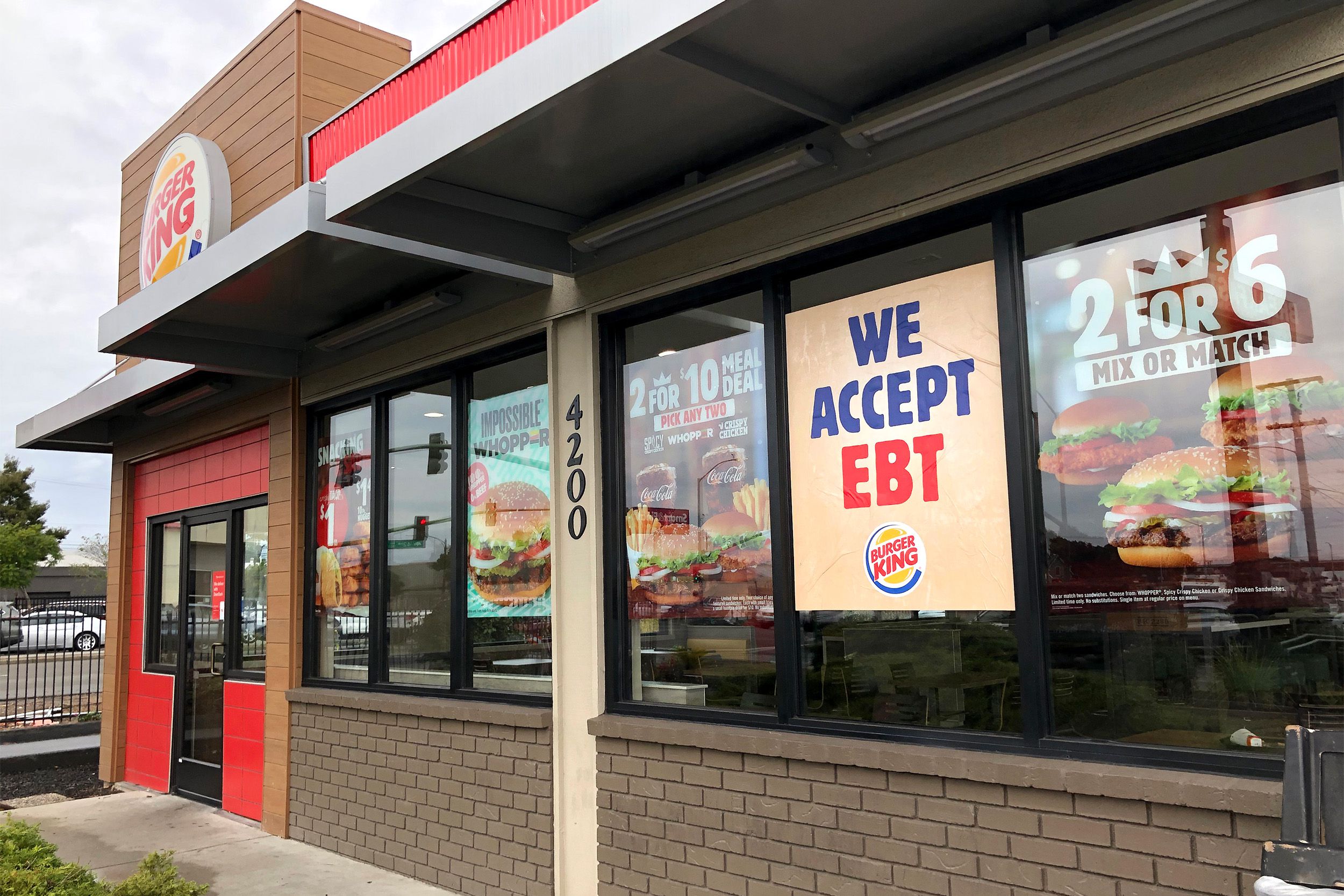
Despite the general prohibition on EBT purchases of hot food, the Restaurant Meals Program makes concessions for qualifying beneficiaries in certain states. SNAP recipients who are elderly, people with disabilities who may not be able to prepare their own meals, and people who are homeless and lack a place to store food can use SNAP at select restaurants in Arizona, parts of California, Illinois, Michigan, Rhode Island, Virginia, and Maryland.
The list of restaurants where you can buy food with SNAP includes fast-food establishments like Burger King, Denny’s, Domino’s Pizza, Popeye’s, El Pollo Loco, and Subway. Use the official USDA SNAP Retailer Locator to verify participants in your area.
11. Cakes and Gift Baskets: Yes

Special occasions and birthdays should be celebrated no matter your financial situation. Even if you’re paying with SNAP, you can pick up a cake for your special event. Just know that you’ll have to avoid extravagance, since “the value of non-edible decorations [must] not exceed 50% of the purchase price of the cake.”
Not only can you buy a cake with EBT, you can also mark an occasion or a holiday with a gift basket. But, again, the value of nonfood items included in these baskets cannot exceed half the cost. (There’s even a stipulation that, when celebrating autumn holidays, you can buy pumpkins — but not decorative gourds.)
12. Farmers Market Fare: Yes
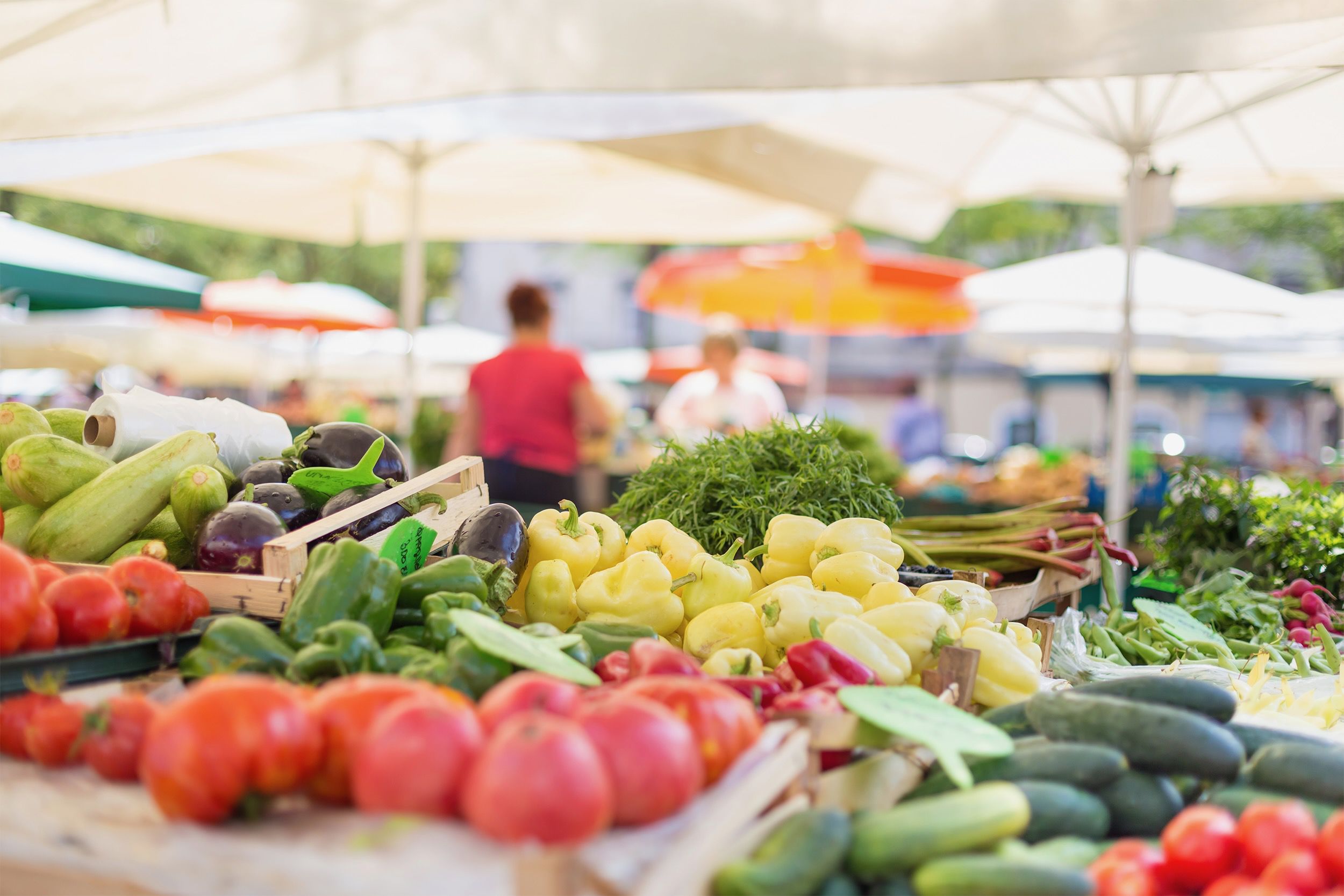
As the saying goes, give a man a fish and he will eat for a day; teach him to fish and you feed him for a lifetime. With the goal of promoting self-sufficiency, the USDA allows SNAP beneficiaries to purchase seeds and plants to produce food.
So, you can start a garden — but not a farm: You cannot use an EBT card to buy live animals, like chickens to lay eggs or livestock for butchering. The purchase of live seafood is also prohibited (shellfish and fish removed from water are exceptions). That said, some Alaskan residents can purchase hunting and fishing gear if they live in a rural area “where access to food stores is extremely difficult,” the USDA says.
13. Plants and Seeds: Yes
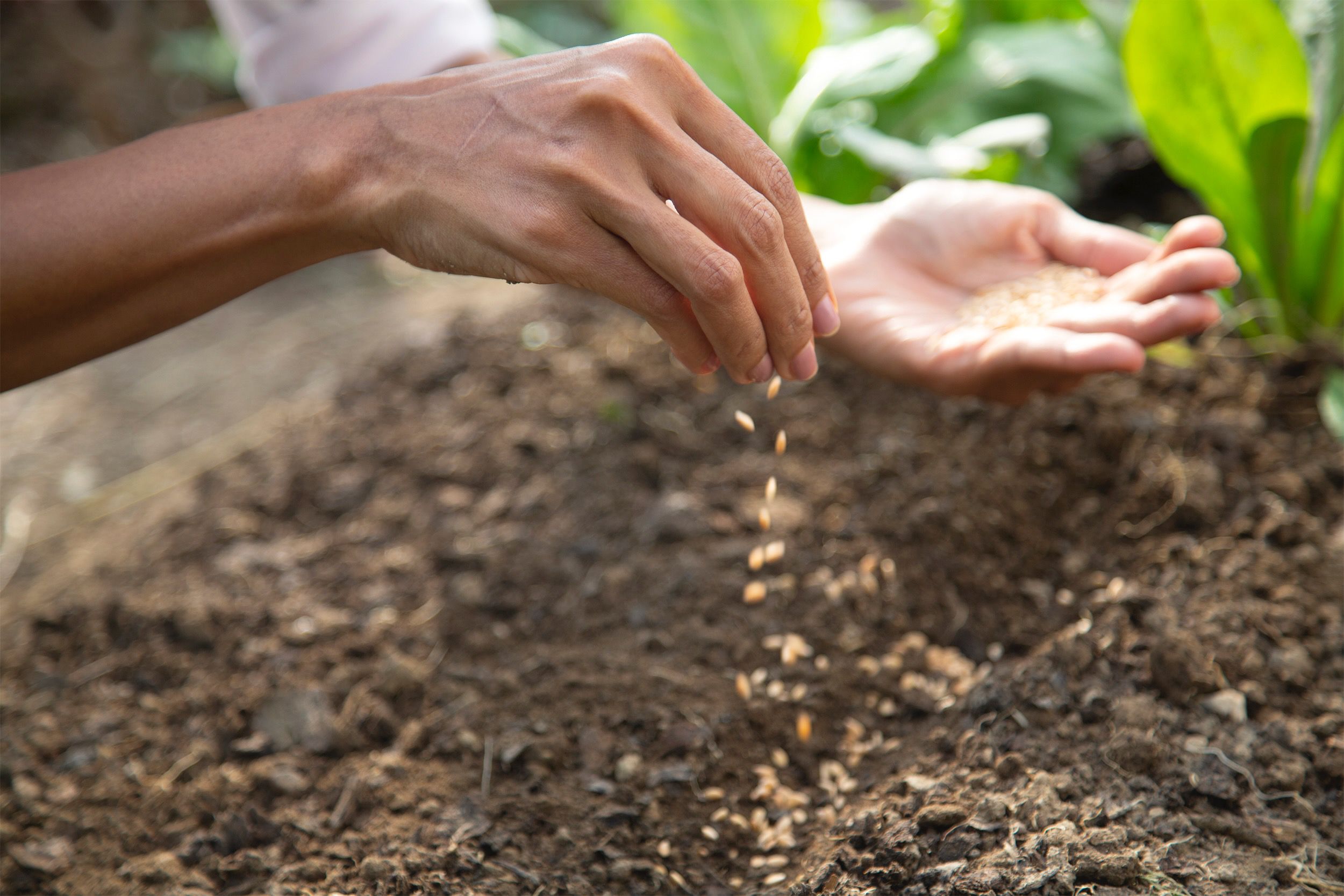
As the saying goes, give a man a fish and he will eat for a day; teach him to fish and you feed him for a lifetime. With the goal of promoting self-sufficiency, the USDA allows SNAP beneficiaries to purchase seeds and plants to grow food. So, you can start a garden — but not a farm: You cannot use an EBT card to buy live animals, like chickens to lay eggs or livestock for butchering. The purchase of live seafood is also prohibited (shellfish and fish removed from water are exceptions).
14. Pet Food: No
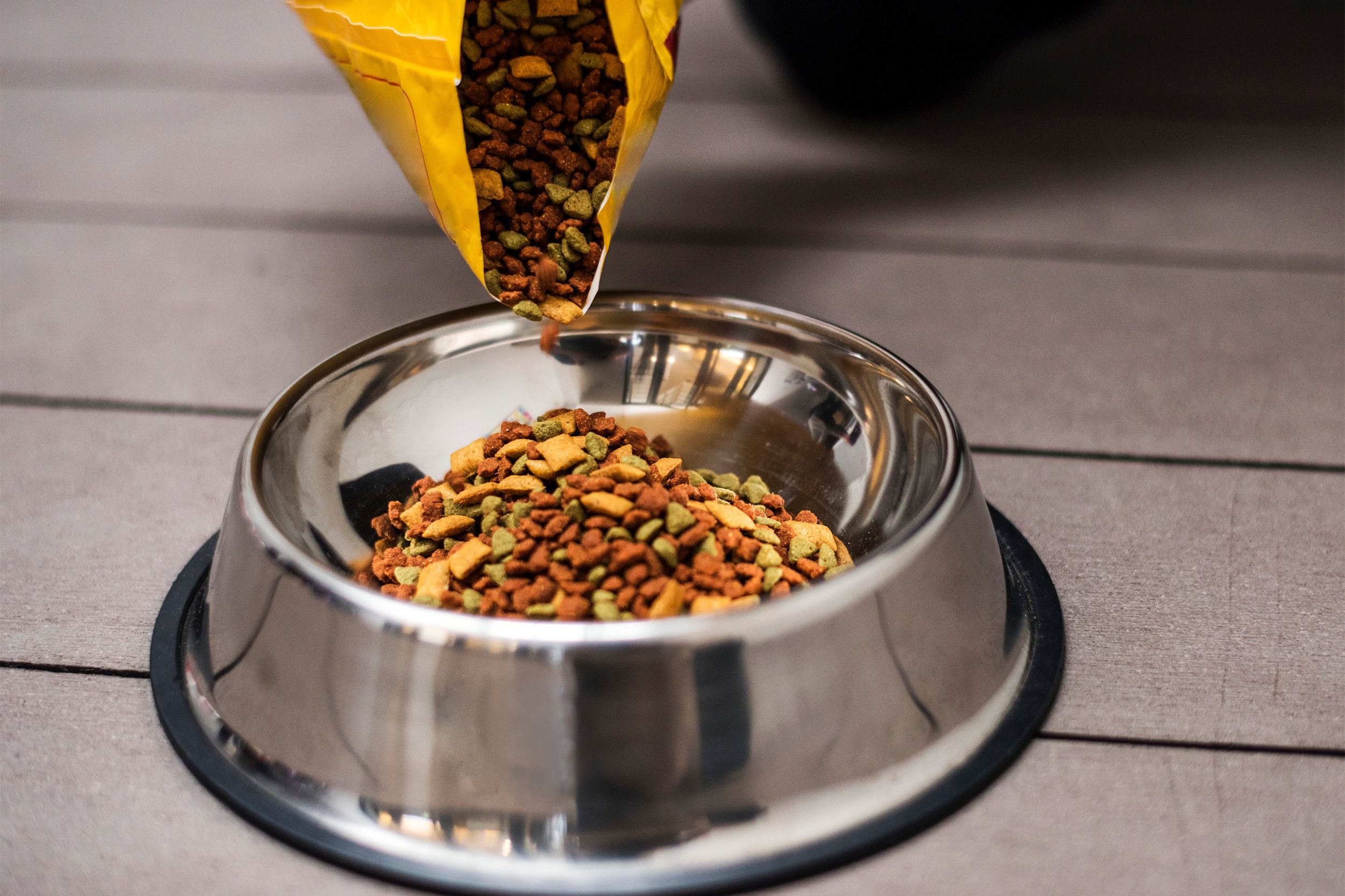
The government’s rules are clear: Pet care is the owner’s responsibility, and pet food isn’t eligible for SNAP. The rule has long been a point of contention, with petitions filed to amend it so that pet owners experiencing financial hardship don’t have to turn their pets over to shelters because they’re unable to feed them. (The Humane Society’s Pets for Life is one program that helps struggling owners provide pet food and veterinary care.)
Frequently Asked Questions
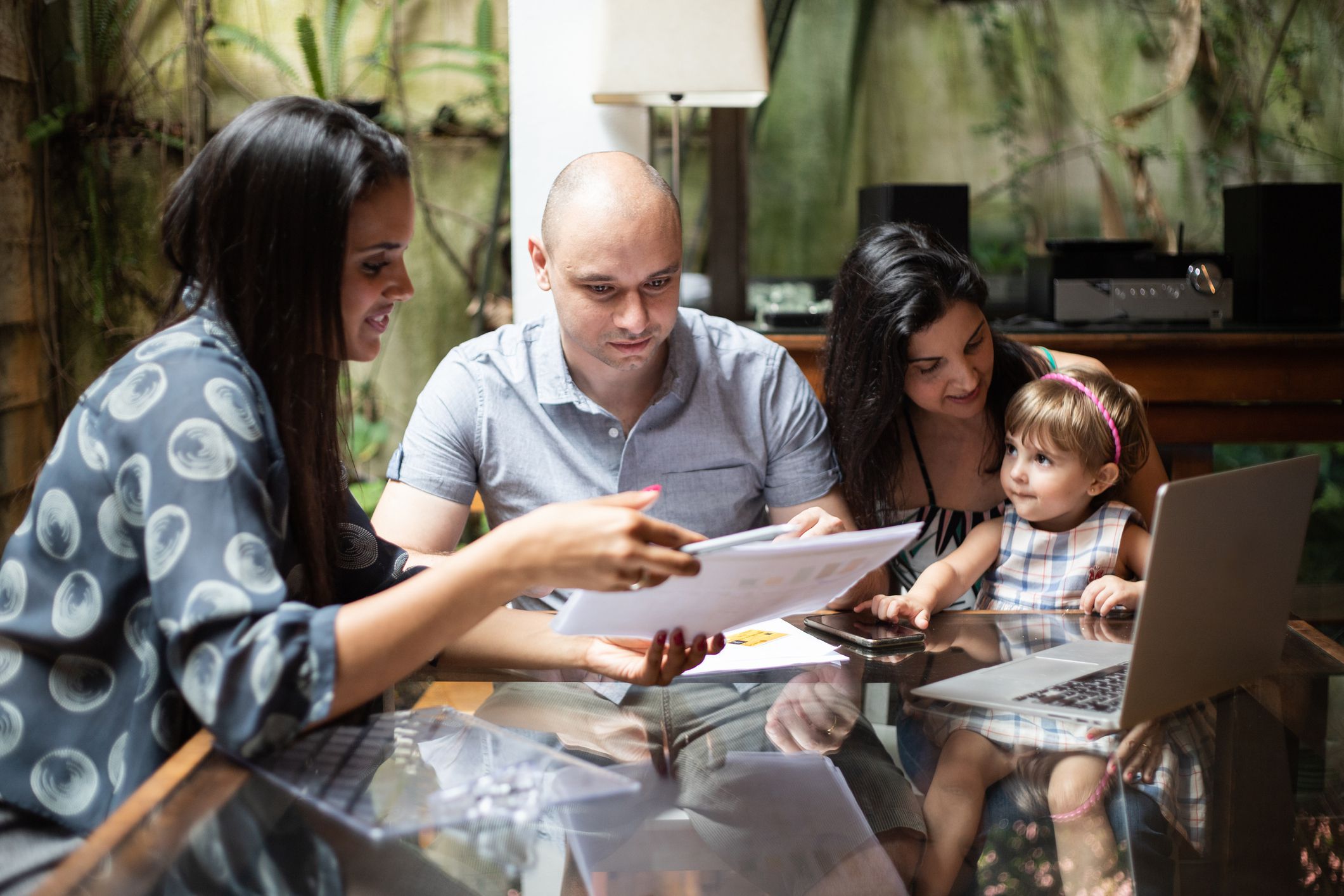
Who is eligible for SNAP?
Most people who fall under certain income and asset thresholds are eligible for SNAP, though there are some exceptions for college students and workers on strike. Income limits are also determined by household size. For more information, contact your local SNAP office.
Can you buy beer, wine, liquor, or cigarettes with SNAP?
No. You cannot buy these products with your EBT card.
How long does a SNAP application take?
The application process can take up to 30 days.
Do I need to have a job to apply for SNAP?
No. You don’t need to be working to apply.
Can noncitizens apply for SNAP?
It depends. According to the USDA, “certain lawfully-present non-citizens” can receive benefits, but there may be an extended waiting period (which may change due to recent legislation). More information is on the USDA’s website.
